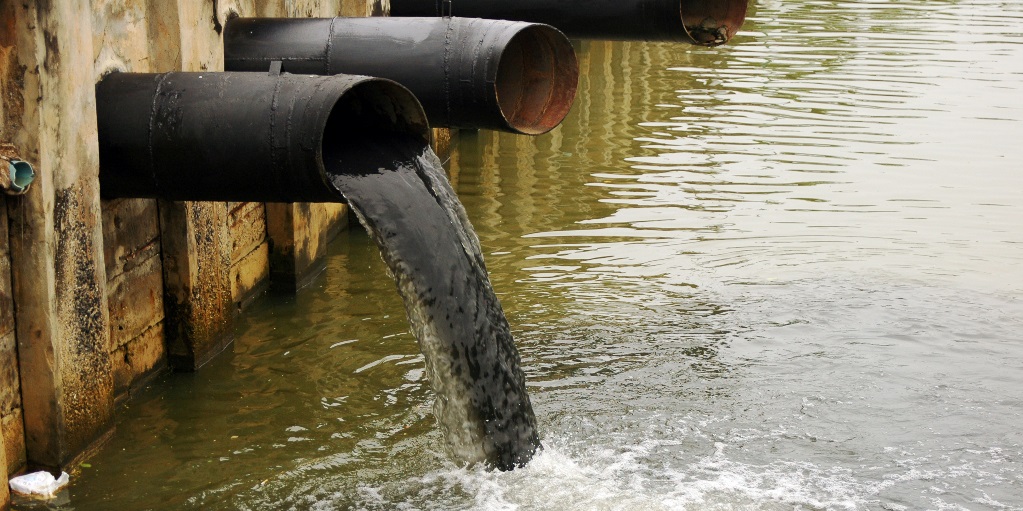In my (Storm Cunningham) 2002 book, The Restoration Economy, infrastructure renewal was documented as the largest—and often the most crucially-needed—form of restorative development.
Redesign (and often removal) of poorly-planned transportation infrastructure is often needed to revitalize cities. Redesign and replacement of energy infrastructure is desperately needed to restore the world’s climate. And redesign of wasteful, polluting, unhealthy water infrastructure is needed to restore rivers and other bodies of water.
But this last category—water infrastructure—also includes forms of renovation, redesign and replacement that reduce the urban intake of water from rivers and lakes. This usually means increasing the reuse of water.
Many folks are horrified at the thought of water coming out of their taps deriving from treated toilet effluent, but that’s what most of us are drinking already, throughout the U.S. and all around the world.
For instance, here in the Washington, DC area, our drinking water comes from the Potomac River. But a significant portion—often the vast majority during the dry season—of that water comes from tertiary treatment plants from upstream cities. So, those of us here in Arlington, Virginia—where REVITALIZATION is based—are drinking water flushed down toilets a few days earlier in Pittsburgh, Pennsylvania.
Add in the copious industrial and agricultural contamination, and it’s little wonder that we—and everyone else concerned with their health—have been using a carbon/ceramic filter on all of our drinking water at home for decades.
But, back to renovating water infrastructure. On February 8, 2019, the U.S. Bureau of Reclamation made some significant strides along the lines of water reclamation and reuse in California.
Reclamation Commissioner Brenda Burman announced that the Bureau is awarding $35.3 million for six authorized Title XVI water reclamation and reuse projects in California. The funding will be used to improve flexibility during water shortages, and will help diversify the water supply.
“Title XVI projects provide opportunities for communities to recycle wastewater and treat water that was previously unusable,” Commissioner Burman said. “It is a proven tool that enables communities to access dependable water supplies.”
Title XVI Authorized Projects are authorized by Congress and are selected to receive funding for planning, design and/or construction activities through a competitive process. The six projects selected for funding are:
- City of Escondido, Membrane Filtration Reverse Osmosis Facility Project, $5,000,000
- City of San Diego, Pure Water San Diego Program, $9,000,000
- City of San Jose, South Bay Water Recycling Phase 1B Infrastructure Improvements, $2,545,471
- Elsinore Valley Municipal Water District, Horsethief Canyon Wastewater Reclamation Facility Expansion and Upgrade Project, $2,693,455
- Hi-Desert Water District, Wastewater Treatment and Reclamation Project, $8,668,500
- Padre Dam Municipal Water District, East County Advanced Water Purification Program. $7,392,351
Reclamation provides funding through the Title XVI Water Reclamation and Reuse Program for projects that reclaim and reuse municipal, industrial, domestic or agricultural wastewater and impaired ground or surface waters.
Reclaimed water can be used for a variety of purposes, such as environmental restoration, fish and wildlife, groundwater recharge, municipal, domestic, industrial, agricultural, power generation or recreation.
Featured photo via Adobe Stock.

